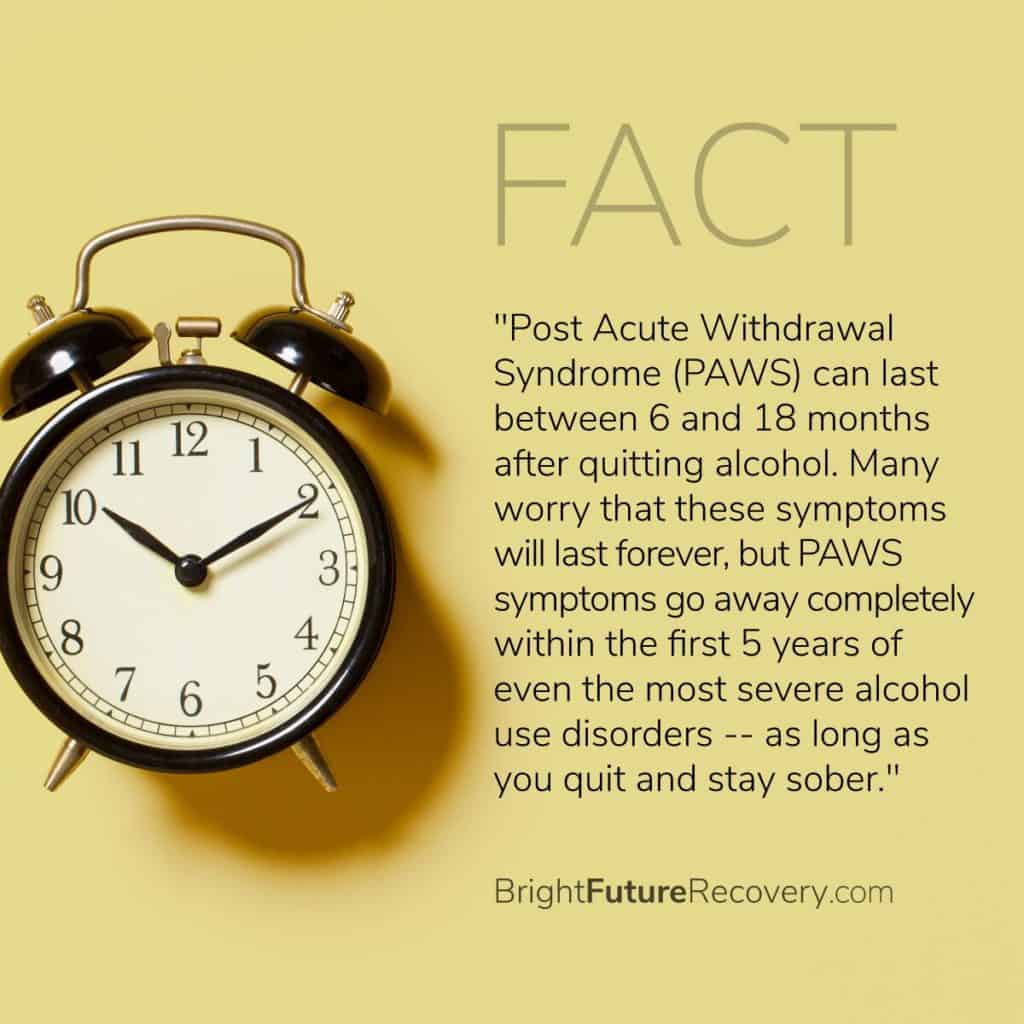
How Long Do Alcohol Cravings Last During Alcohol Addiction Recovery?
Originally posted on https://www.brightfuturerecovery.com/blog/how-long-do-alcohol-cravings-last-during-alcohol-addiction-recovery/
Trying to quit alcohol when you have a legitimate addiction will bring on one of the most difficult forms of withdrawal that you could experience when quitting any substance. And even when you make it a few months into recovery, alcohol is hard to put completely out of sight and out of mind. The cravings will reprise periodically, and alcohol is virtually everywhere once you step outside of your house.
It’s hard to completely surround yourself with non-drinkers, and then you will have friends and acquaintances who don’t truly recognize the gravity of trying to stay sober after battling alcoholism in the past. Many don’t realize how insensitive it is to say something like, “Here, try this. Just take a sip,” or, “C’mon, just one drink,” to somebody in alcohol recovery.
In this resource, we’re going to look at the alcohol withdrawal timeline and how long it takes for the cravings to finally go away. So if you’re looking to quit drinking or you’re still in early recovery, here’s what to expect with the full alcohol withdrawal process.
What to Expect in Acute Alcohol Withdrawal
If you’re at the point where you constantly have an alcoholic beverage by your side or you can’t make it one day without drinking, it sounds like you’re staring down the barrel of addiction.
Now is the time when you should be looking to quit, but you don’t want to do this cold turkey. It’s imperative to undergo detox in a professional setting, because alcohol withdrawal has the potential to be fatal.
Entering a professional detox program will help keep you stable and reduce the severity of potential withdrawal symptoms such as:
- Irritability
- Mood swings
- Depression
- Clammy skin
- Headaches
- Fevers
- Excessive sweating
- Nausea and/or vomiting
How Long does Alcohol Withdrawal Last?
For people with severe alcohol addictions, withdrawal symptoms will manifest about five to 10 hours after the last drink. If your level of dependency isn’t quite so dire, you will have a few more hours than that before acute withdrawal begins.
For most alcoholics, the acute withdrawal phase lasts between five and seven days. (This is roughly the duration of most detox programs, as well.) If you are more heavily dependent on alcohol, expect a longer acute withdrawal period.
Alcohol Delirium Tremens (DTs)
A more serious form of alcohol withdrawal that some people experience is delirium tremens (DTs). This level of withdrawal usually only happens in severe cases of alcoholism.
Also known as “the shakes,” delirium tremens usually manifests about 48 to 96 hours after the last drink. For some people, DTs will only last about 24 hours; for others, it will last up to five days.
Delirium tremens is basically the nervous system trying to adjust to no alcohol in the body. DTs can be life threatening because its most severe symptoms are body tremors and seizures. Other discomforting symptoms include hallucinations, fatigue and long periods of deep sleep. All of these are reasons why no one should try to beat alcohol addiction without medical supervision during the detox stage.
Alcohol Post-Acute Withdrawal (PAWS)
After outlasting acute alcohol withdrawal, you’re not completely out of the woods yet. About a couple of months after your last drink, you may suddenly experience withdrawal-like symptoms. This is known as post-acute withdrawal syndrome (PAWS), or protracted withdrawal.
The symptoms of post-acute withdrawal take place more in the mind than in the rest of the body. Examples of such symptoms include:
- Obsessive-compulsive thoughts
- Anxiety and panic
- Mood swings
- Feelings of depression and fatigue
- Trouble sleeping/insomnia
- Overreacting emotionally to situations
- Alcohol cravings

How Long does Alcohol Recovery Take?
The symptoms of PAWS can last for several months to as long as two years, depending on the severity of the alcohol addiction. The symptoms will come and go without warning during this period, but they typically are less intense than they were during acute withdrawal.
If you enter a rehabilitation program after detox treatment – which you should – then you should be able to receive guidance on how to manage PAWS when it first hits and while you’re still under the care of professionals. This knowledge will be invaluable to you as you graduate the rehab program and continue to battle PAWS occasionally thereafter.
So How Long Do Alcohol Cravings Last?
While you may have moved on mentally from consuming alcohol, the taste of the substance and the desire for its effects may reprise from time to time. You have just read that post-acute alcohol withdrawal lasts up to two years, so is that when the cravings will stop? Not necessarily.
The cravings will lessen in severity over time, but for some people, they will take several years to go away completely. For others, the cravings may never fully disappear, but hopefully these individuals learned relapse-prevention skills in rehab to help them withstand these episodes.
Basically, it depends on the person as to when the cravings finally stop – if ever. The more severe the addiction, the longer the cravings tend to last. It also doesn’t help if you’re in recovery and you live in a house that has alcohol, or if most of your social circle drinks in your presence frequently.
“Most recovering alcoholics can’t even tell you the exact moment the cravings stopped for them. Worrying about cravings just isn’t a thing anymore. Just like you forget to count every day after the first year of sobriety.”
California Alcohol Abuse & Alcoholism Statistics
In the United States, more than three-fourths of those who enter a substance abuse rehabilitation program cite alcohol as either a primary, secondary or tertiary source of addiction.
Let’s take a look at a few alcohol-related statistics that pertain to our home state of California alone:
- In 2017, more than 16,400 people entered a substance abuse treatment program in California for alcoholism, accounting for nearly 12 percent of all in-state addiction treatment admissions that year, according to SAMHSA.
- The breakdown for admissions for alcoholism only was about 64 percent male and 36 percent female.
- Whites between the ages of 26 and 60 were mostly likely to be admitted for alcohol addiction.
- Another 13,400-plus people were admitted in California for alcoholism along with a secondary drug addiction.
- The California Department of Public Health (CDPH) estimated that alcohol alone caused more than 4,500 deaths – three-fourths of which were males – in the state in 2013.
- CDPH estimated that alcohol alone caused more than 34,000 non-fatal hospitalizations in the state in 2014. Nearly 24,000 of these cases involved males.
- Between 2003 and 2012, more than 10,300 people were killed in auto accidents in California that involved at least one drunk driver, according to the CDC.
- 8 percent of Californians report driving after drinking too much within the past 30 days, according to the CDC.
Get Help for Alcohol Detox and Addiction
As you can see, alcohol is no empty threat, and overcoming alcohol addiction isn’t an easy proposition. If you’re looking for a place where you can safely withdraw from alcohol before embarking on a long rehabilitation road, consider Bright Future Recovery in San Benito County, California. We are one of the best rehabs in Northern California and have a long track record of helping people from in state and out of state outlast withdrawal and proceed to beat alcoholism through follow-up care.
